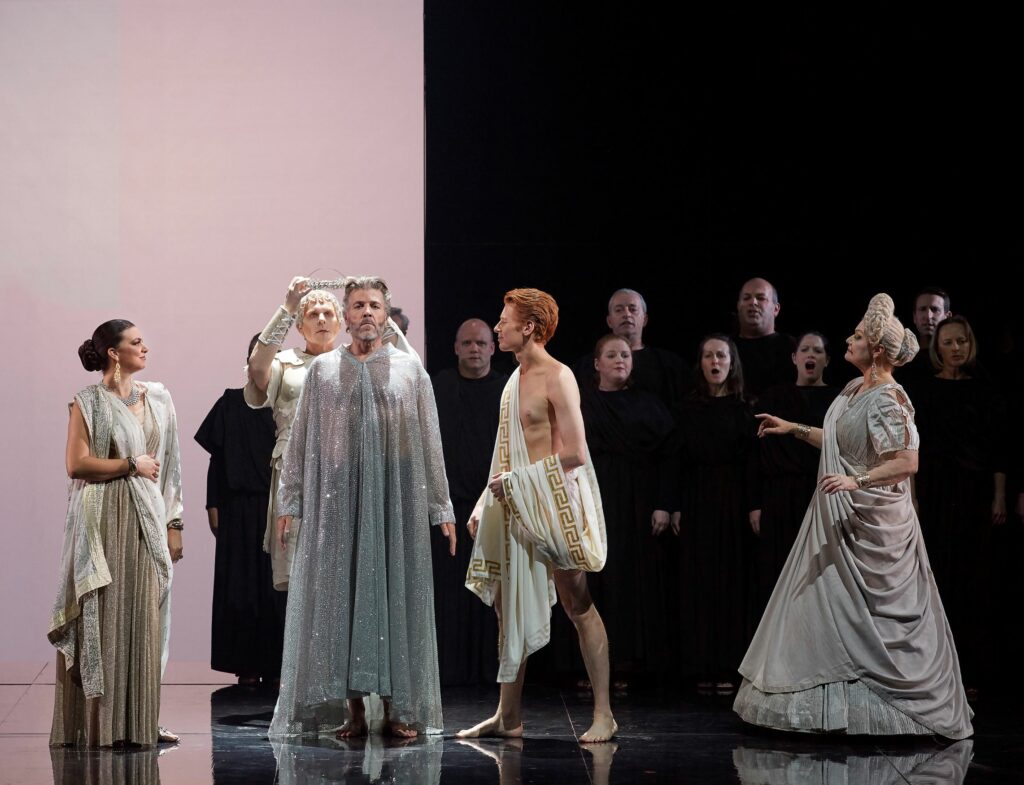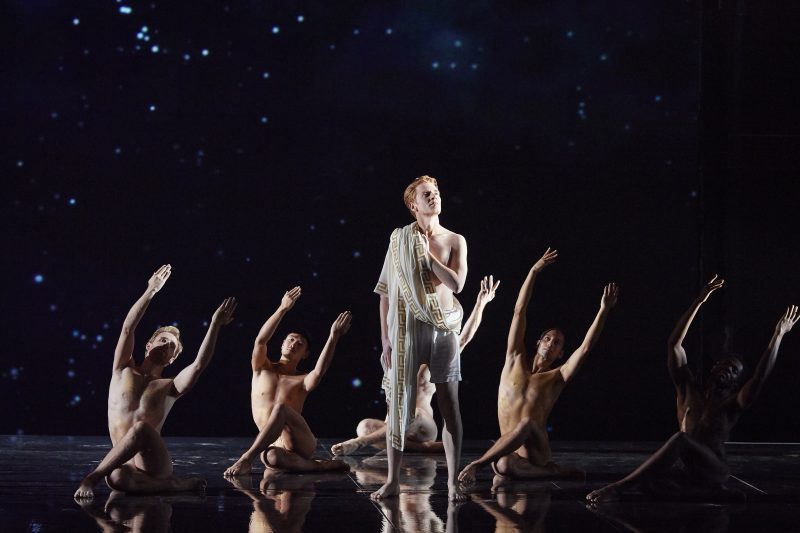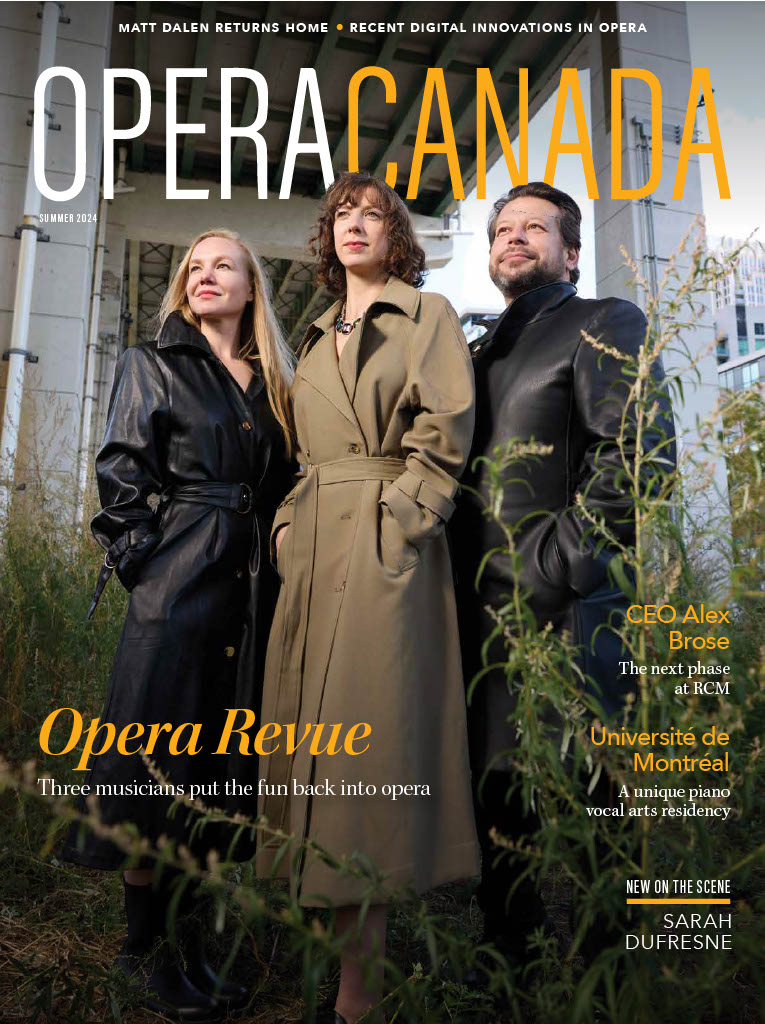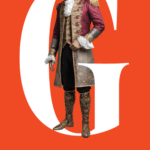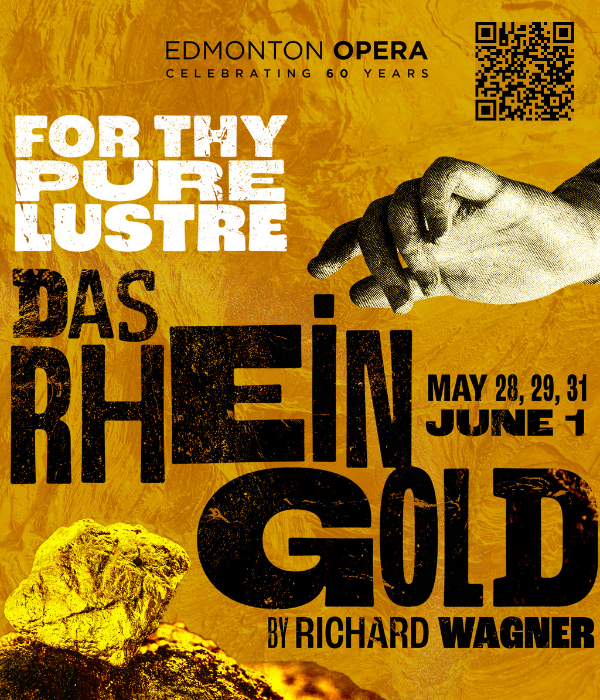At Canadian Opera Company on Oct. 13th, Daniel MacIvor and Rufus Wainwrights’ first collaboration, Hadrian, came to life as a fairly accomplished opera. It could have been a greater experience had it not been tied to an unimaginative production that appears to have found its costumes and sets in the far recesses of Stratford Festival’s storage rooms.
The structure of the piece is sound and intricate. The opera starts in the Roman Emperor Hadrian’s chambers, where he is grieving and neglecting affairs of the state after the death of his young lover, Antinous. Two ghosts pay him a visit: his predecessor Trajan and Trajan’s spouse Plotina, Hadrian’s political, if not biological, mother. Hadrian wants to know how Antinous died, and Plotina promises to show him if he agrees to sign a document ordering the suppression of the Jewish revolt in the Roman province of Judea. Although portrayed as a combination of the monstrous imperial women from BBC’s I, Claudius and Cruella de Vil, Plotina is a serious character who sees the incipient rise of monotheism within the Roman Empire as a threat to its official state religion and the Empire’s political survival. Hadrian agrees to the deal, and the ghosts take him back to two nights in his recent past: the best one, when he met Antinous, and the worst, when Antinous died. After letting Hadrian finally see how his lover died—by the hand of the Emperor’s old friend Turbo, out of loyalty to the Empire and jealousy of the bond between the two men—the opera returns to where it started, for the final tutti and Hadrian’s death and elevation to Elysium where Antinous awaits.
Not all of it works. There are places in the dialogues where the music has difficulty making up its mind, stalling the proceedings instead of serving as the glue. Some key scenes overstay their welcome musically and could use trimming. There were also balance issues between the pit and stage as voices were drowned by a sudden or prolonged brass blast. But there are veritable moments, and just enough of them, of operatic alchemy in Hadrian—where the text and music seem to be made for each other.
About two-thirds of the score is unmelodic and dissonant, and refreshingly unpretty. There’s some play with unexpected instrumental solos, and you might find yourself wondering on more than one occasion—why brass again…why here? Wainwright reserved the most melodic material for the orchestral interlude during Hadrian and Antinous’ love making, and the Robigalia Entr’acte.
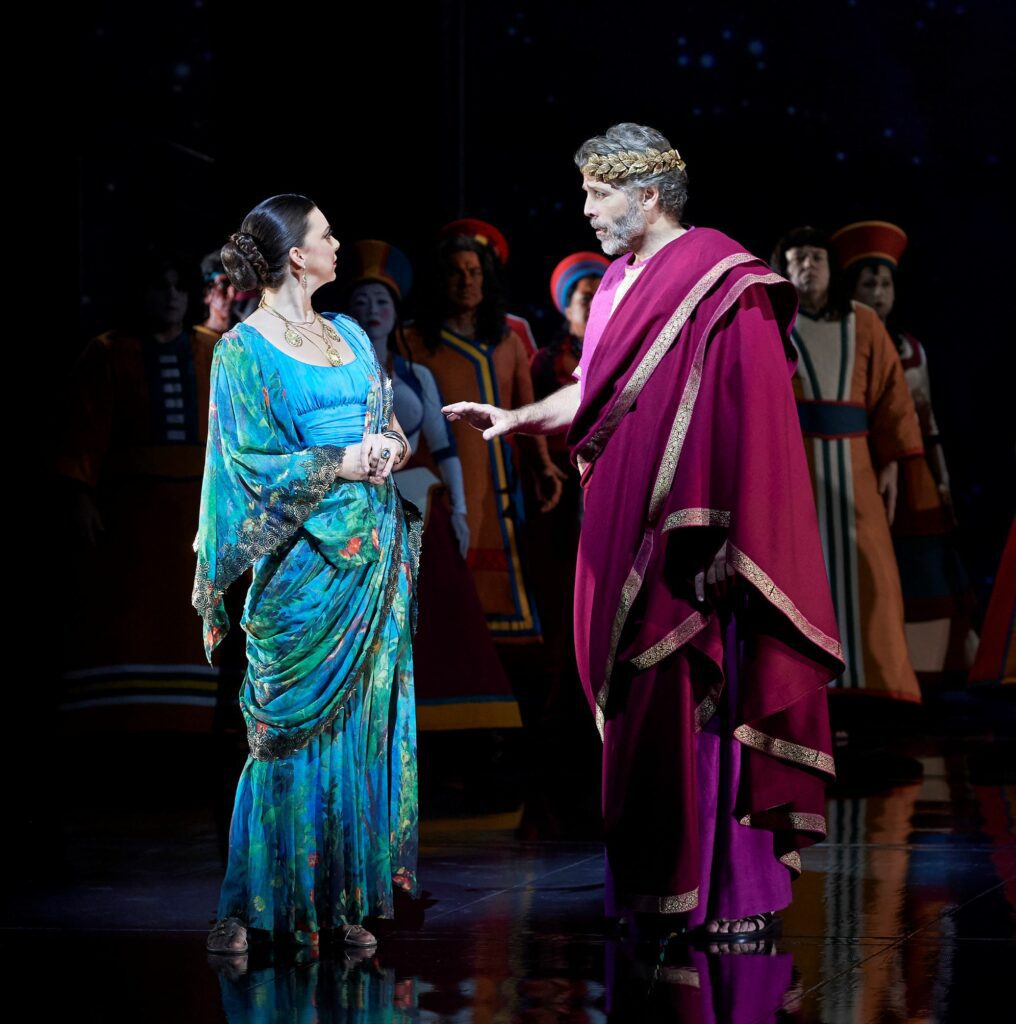
Ambur Braid (Sabina) and Thomas Hampson in the title role of Canadian Opera Company’s Hadrian. Photo: Michael Cooper
Melancholic lyricism is all Sabina’s: Ambur Braid as Hadrian’s unloved wife gets to deliver “Will you have Egypt with me” as a show-stopper Puccini aria. She was also spot on in her appearance disguised as the Sibyl, launching some stratospheric spikes that she made sound logical and right, as well as later, in a Straussian trio with Hadrian and Antinous. I don’t think she’s ever sounded better—purer and more effortless of tone, more generous in colour and warmth.
Karita Mattila’s Plotina charms in her first aria which has some jazzy inflections and sinuous lines. Her part is given not a small amount of low notes throughout, which she takes in stride. Plotina would however be a more accomplished character if she wasn’t played like a wind-up Norma Desmond in a hoop skirt. She appears disguised as a Sibyl (yes, she too) in a scene that’s probably a wink to Verdi’s Azucena and the Macbeth witches, here exaggerated to the point of parody.
Wainwright also gives tradition another nod, while overcoming it at the same time in Act III’s ‘drinking song.’ Here, he avoids the cliché of danceable good cheer with a thoroughly gloomy and spaced-out ensemble number dominated by COC Ensemble member, Anna-Sophie Neher’s (Lavia) ringing and confident soprano.
Was Antinous meant to be something of a twink Mélisande? A mysterious, taciturn figure…the quiet in the eye of the storm brewing around him? In the event, MacIvor gives him important things to say: his proto-monotheist aria-declaration about the unity of humankind and even of the two sexes that hints at St. Paul’s Epistle to the Galatians. “I am the Jew and the Nazarene/I am need and comfort,” sings Antinous seated on a Nile barge next to the Emperor’s disgruntled retinue. “Man and woman/all one mind/all one heart,” where he could be paraphrasing St. Paul’s “There is neither Jew nor Greek, slave nor free, male nor female.” The Romans around him are none too pleased. Tenor Isaiah Bell had the unenviable task of wearing the least amount of clothing of all the characters in each of his scenes. His voice was voluminous and secure, though his music is mostly plain and declarative, never openly emotional.
And now to the sex, which was well-scored and choreographed. Of course, sex is not exactly unheard of on today’s opera stage, even gay sex (see Wuorinen and Proulx’s Brokeback Mountain or George Benjamin’s Lessons in Love and Violence, or any recent mezzo-with-soprano L’incoronazione di Poppea). But male gay sex presented as joyful and leisurely, and not all fraught with regret, is still extremely rare. So I think this was an important first. In addition, it’s a scene which adds a layer of knowledge about the relationship between the two principals. Namely, Antinous tops the Emperor. The person who is incomparably more powerful outside the bedroom agrees to be—in fact, takes pleasure in being—helpless before somebody half his age, possessed with a fraction of his worldly status.
A few final words about the production, directed by Peter Hinton. Its aesthetic is mostly of the ‘realist’ kind seen in TV versions of Ancient Rome and in musical theatre—except with a constant supply of naked male bodies. There are ways and ways to create an atmosphere of homoeroticism and bare-bummed, muscular men constantly hanging around in the background is not the subtlest of them. Some other characters are clad in centurion attire and togas, which just look silly on a contemporary operatic stage. Was a more stylized, less TV-version of Roman fashion attempted at any point? Only one character (Plotina) gets a freer, multi-era costume, but the rest are from Life of Brian.
The COC Chorus, numerous in this production, are clad head to toe in black for the powerful final scene where Thomas Hampson (ever the star, even with a subdued voice) delivers an end-of-life aria considering how posterity will remember him. Peaceful reign in the Empire…temples and monuments…his suppression of the Jewish uprising? Or that he once loved? There will be no Hollywood happy ending though, because behind the reconciliation of Hadrian and Antinous in the afterlife, the Chorus ushers in a new era of monotheism and the thunder of its wars.
I would see this opera again. If I could keep the cast and Johannes Debus in a differently-conceived production.


